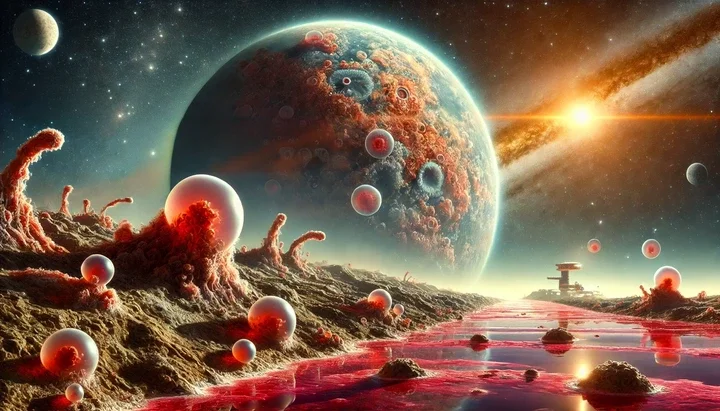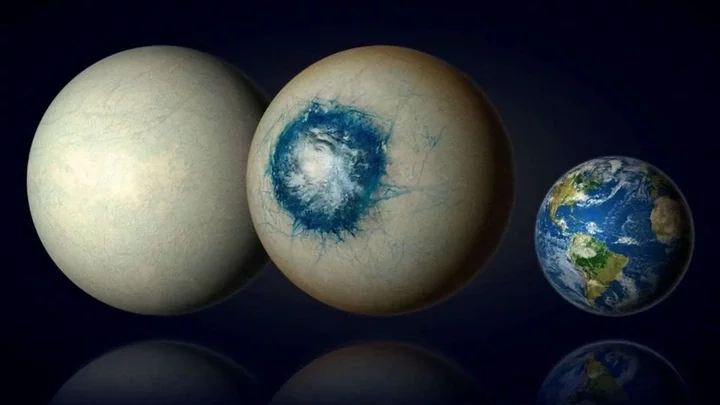Life on Earth traces its lineage to a microbial ancestor that existed about four billion years ago.

The quest to discover life beyond Earth has long intrigued humanity, but what if extraterrestrial life is nothing like what we know? With only one example of biology-life on Earth-scientists face the daunting challenge of envisioning alien lifeforms that might defy our understanding of biology and chemistry.
Astrobiologists, specialists dedicated to studying life beyond our planet, are tackling this monumental question. They aim to uncover universal principles that govern the formation and evolution of complex systems, whether on Earth or elsewhere. Despite the limited scope of our observations, research hints that the most prevalent form of alien life may be microbial. Yet, the possibility of advanced civilizations pushes scientists to imagine the unimaginable, explains Chris Impey, professor of Astronomy at the University of Arizona.
The Search for Extraterrestrial Life
Since the groundbreaking discovery of the first exoplanet in 1995, astronomers have identified over 5,000 exoplanets, many of which are rocky and reside in the "habitable zones" of their stars. This zone represents the sweet spot where conditions might allow for liquid water-a fundamental ingredient for life as we understand it. These findings suggest that there could be 300 million potential sites for biological experiments in our galaxy, from planets to moons.
But what constitutes life? While NASA defines life as a "self-sustaining chemical reaction capable of Darwinian evolution," this definition sparks more questions than answers. Could life elsewhere evolve from entirely different chemical processes? Could alien biology thrive in solvents other than water, such as ammonia or sulfuric acid?
Astronomers employ tools like spectroscopy to examine the atmospheres of distant planets for signs of life. For instance, detecting oxygen, a byproduct of photosynthesis, or chlorophyll signatures, might hint at biological activity. However, even with these advanced methods, the definition of life itself remains elusive and contentious.
Evolution Beyond Earth
Life on Earth traces its lineage to a microbial ancestor that existed about four billion years ago. Over time, evolution has shaped organisms into increasingly complex forms. But is this process universal? Could similar principles guide the emergence of life elsewhere?
In recent studies, scientists have explored the possibility that complexity and information storage might define life universally. For example, the instructions encoded in DNA provide a blueprint for survival and adaptation. Yet, complexity does not always equate to size or sophistication. Bacteria, often considered "primitive," boast highly efficient genomes compared to larger organisms like plants or animals.
Astrobiologists speculate that life elsewhere might follow entirely different rules. It could utilize alternative chemistries, thrive in solvents other than water, or even emerge in environments we deem uninhabitable.
Rethinking Alien Life
Most life on Earth relies on carbon as the backbone of its molecular structure and water as a solvent. But what if alien life operates differently? Researchers have identified potential solvents such as liquid ammonia, carbon dioxide, or even sulfur that could sustain life in extreme conditions.
The search for life also extends beyond biology. Scientists are exploring "technosignatures," such as artificial lights or industrial pollutants, that could signify advanced civilizations. These indicators might be easier to detect than microbial life, as they represent deliberate modifications of an environment.
Additionally, minerals on exoplanets could provide clues. On Earth, biological processes have significantly influenced mineral diversity. Thanks to biological evolution, the 100 minerals that existed before life emerged have expanded to over 5,000 today. Minerals like apatite, which forms bones and teeth, or ancient zircons, the oldest remnants of Earth's crust, serve as markers of life's impact.
The search for extraterrestrial life is anything but straightforward. It may begin with detecting microbial life in our solar system, analyzing exoplanet atmospheres for chemical signatures, or intercepting a distant civilization's radio signals. While we may one day find life that mirrors our own, the real challenge-and thrill-lies in discovering utterly alien life.















Comments